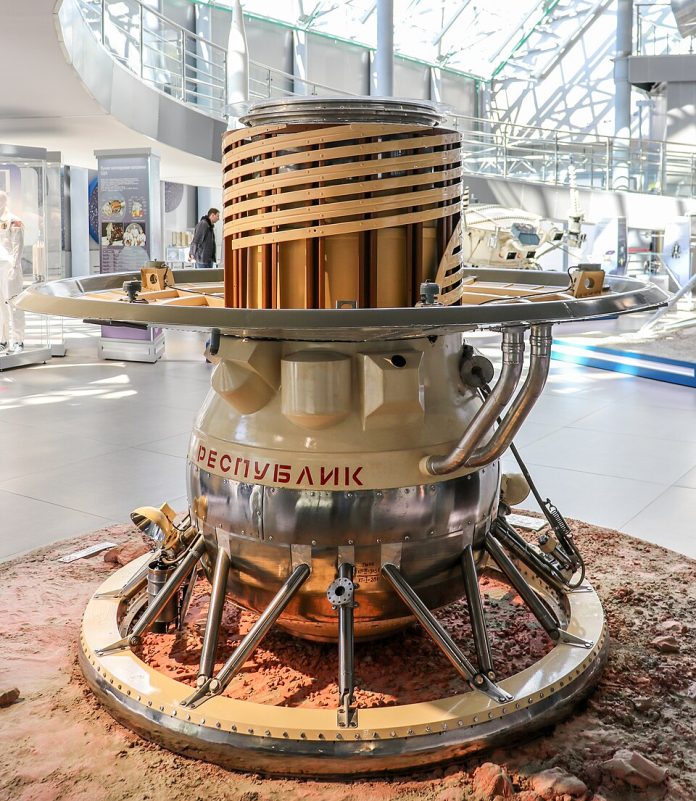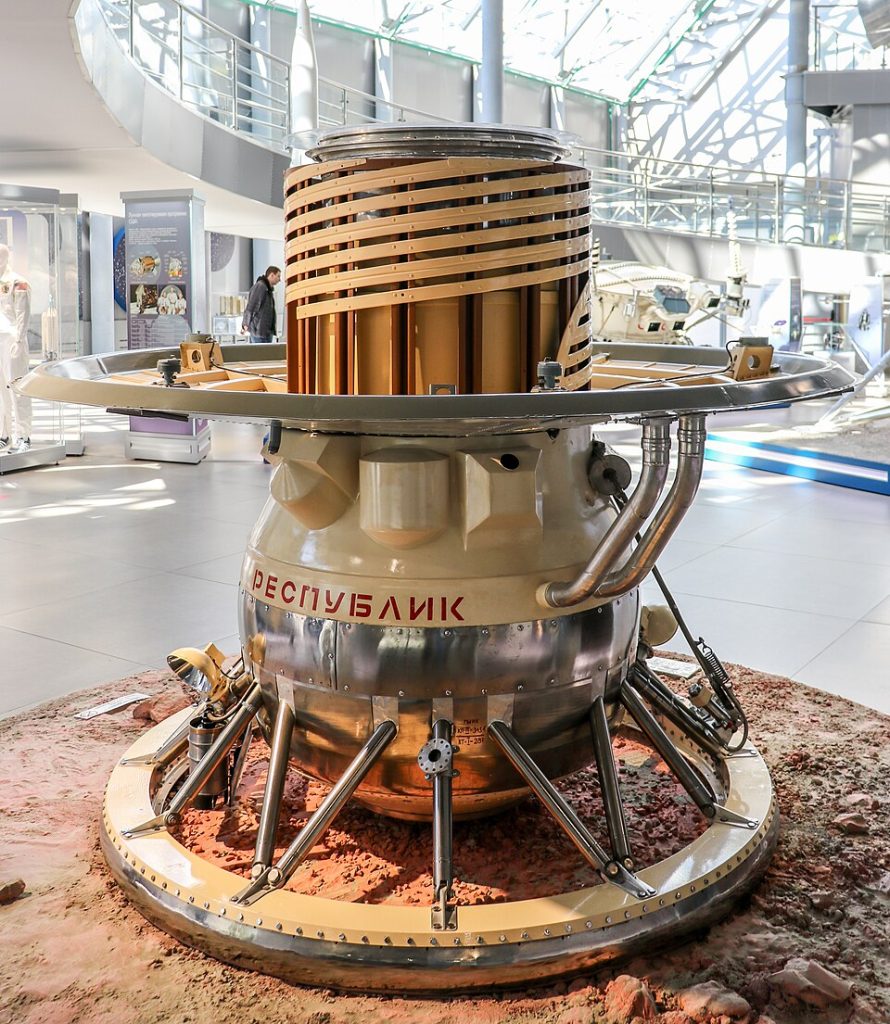
“Venus is a planet intended to break machines,” planetary scientist Colin Wilson once claimed, and in October 1975 the Soviet Union showed just how much one could design before nature reasserts itself. Venera 9, the first to transmit pictures from the surface on Venus, survived only 53 minutes in temperatures hot enough to melt lead and pressure a submarine would be squeezed by. But in its short lifetime, it captured humanity’s first direct images from the surface of another planet a record unequaled outside the Soviet program.
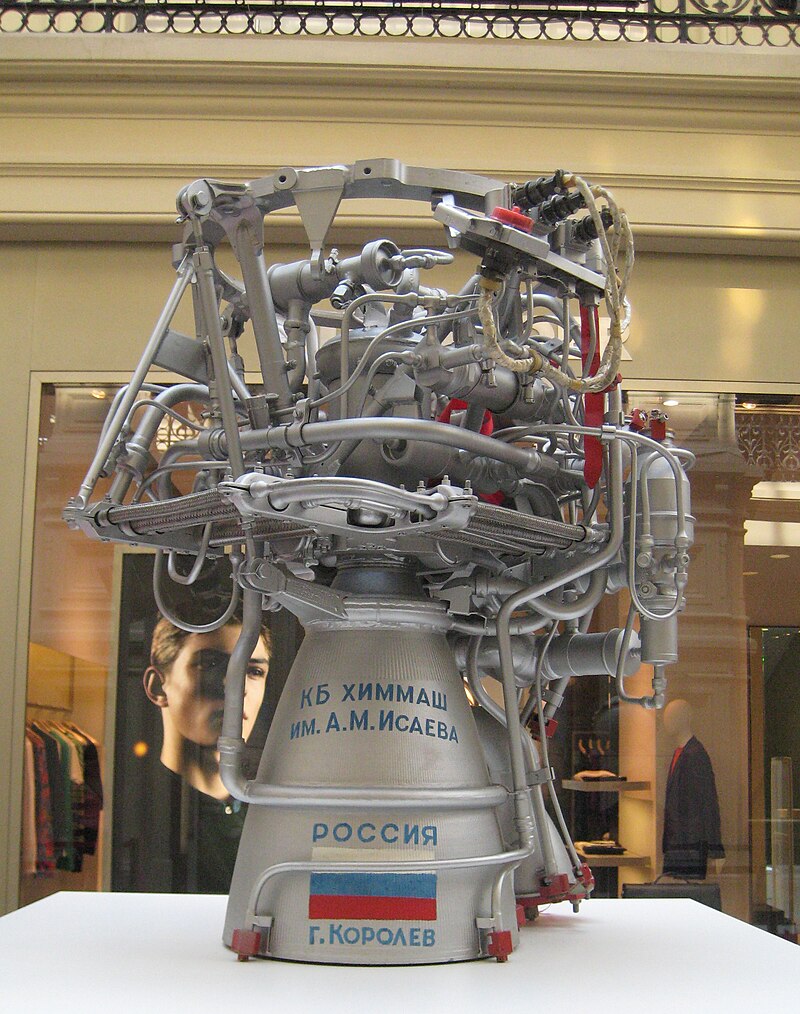
1. Engineering for the Hottest World
Designing a lander for Venus meant coping with surface temperatures of nearly 900°F (475°C), pressures more than 90 times terrestrial pressures, and sulfuric acid-drenched clouds. The pressure vessel of the Venera 9 lander was constructed to resist such crushing pressures, whereas thermal protection used both high-temperature insulation and a heavy-duty cooling system. Passive cooling, which was the only feasible alternative at the time, purchased the probe less than an hour before its electronics were destroyed. As Wilson explained, “Short-duration landers such as the Venera 14 mission in 1982 are cooled passively and obtain an hour on the surface of Venus to collect data before their hardware is destroyed.”
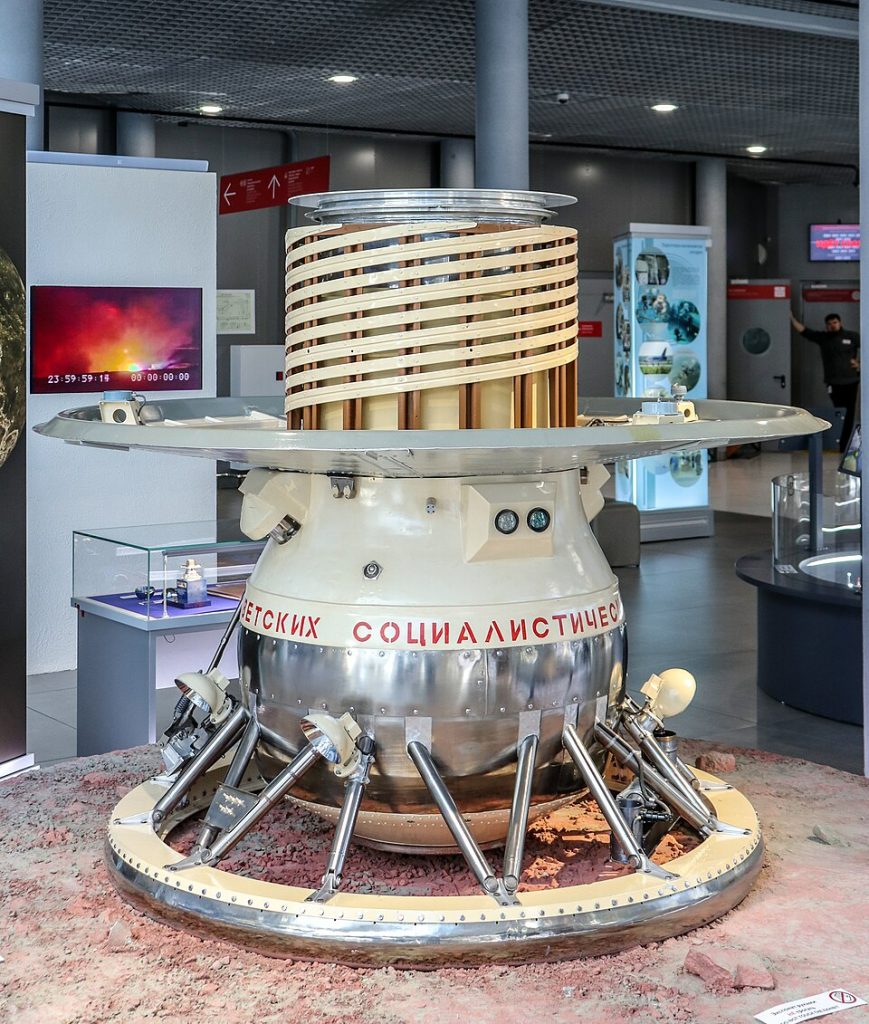
2. A Dual Mission: Orbiter and Lander
Spin-off on 8 June 1975, Venera 9 was a two-orbiter-lander mission to bring back as much science as possible. The orbiter entered orbit about Venus on 22 October, relaying signals from the lander while conducting atmospheric and magnetospheric science. This ensured that even if the lander catastrophically failed quickly, there was at least useful orbital science.
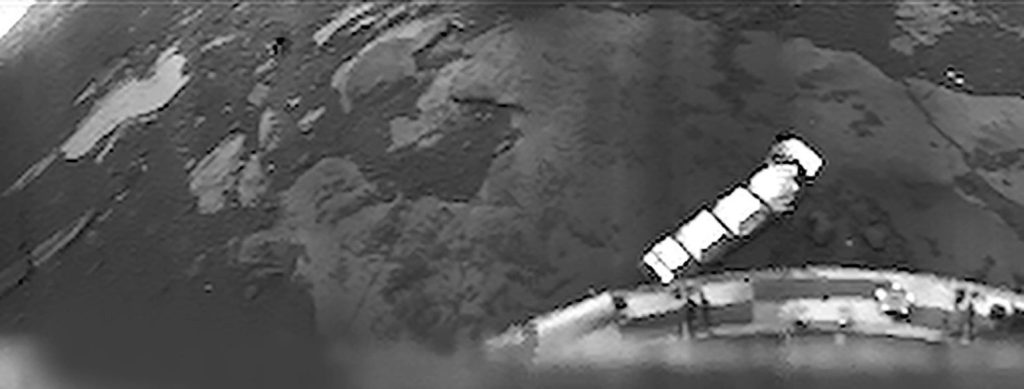
3. The Descent Through Hell
The landing of the lander was a technological demonstration of material science and entry dynamics into the atmosphere. Its heat shield survived the harsh friction of entry before it was shed, allowing the vehicle to deploy parachutes and ultimately a braking mechanism for final descent. Aerodynamic deceleration due to atmospheric density was much more effective than on Mars, but it subjected the probe to colossal thermal and chemical stress.
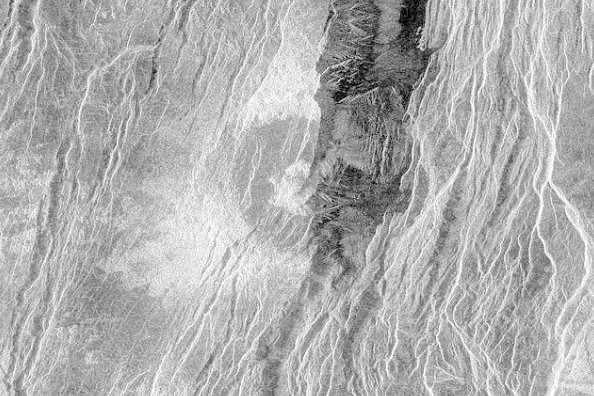
4. Catching the First Photos
Once landed on the surface in Beta Regio, Venera 9 released a telephotometer system. Light entered through a pinhole-diameter porthole, was bent by a periscope, and snapped by an interior camera-insulated from the hostile exterior. The result was a black-and-white landscape photo of cracked, lava-textured rock with incredible detail. Geologists observed the rocks to be about 20 cm wide on average and as much as 60 cm long, many with rough edges, indicating little erosion despite the planet’s violent climate.
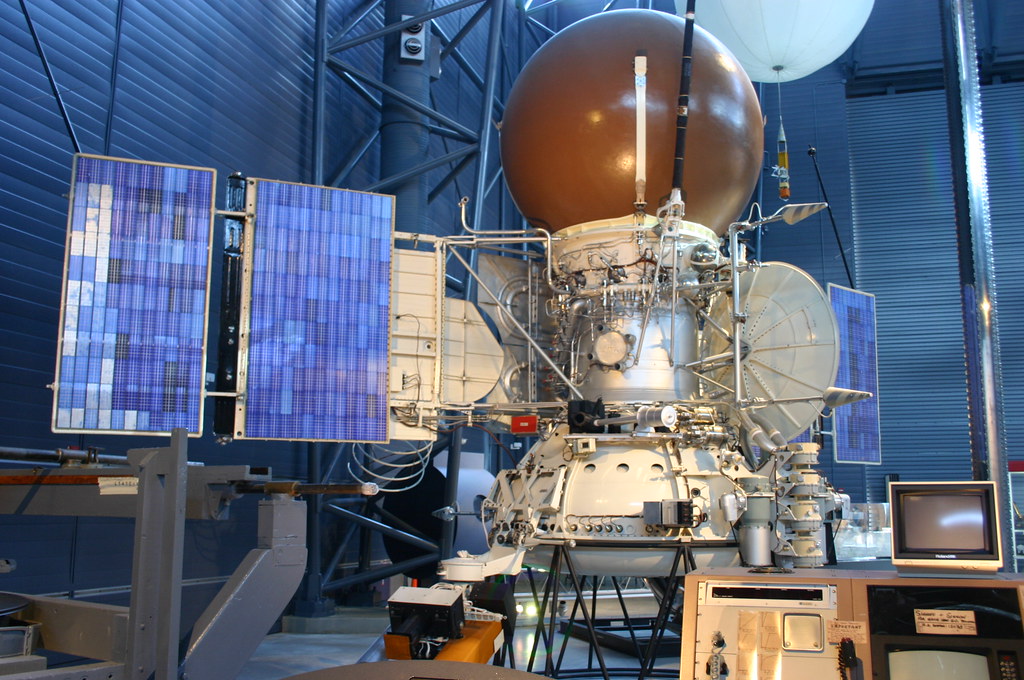
5. Geological Clues from a Temporary Residence
Chemical tests revealed potassium, uranium, and thorium signatures of igneous rock. Rocks at one place resembled basalt from Earth’s oceanic crust; at another, granite-like, akin to continental crust. The relative youth of these rocks was a clue to recent geological activity. Low near-surface wind speeds, caused by Venus’ uniform temperature, could be the reason for the lack of erosion, Carl Sagan surmised.
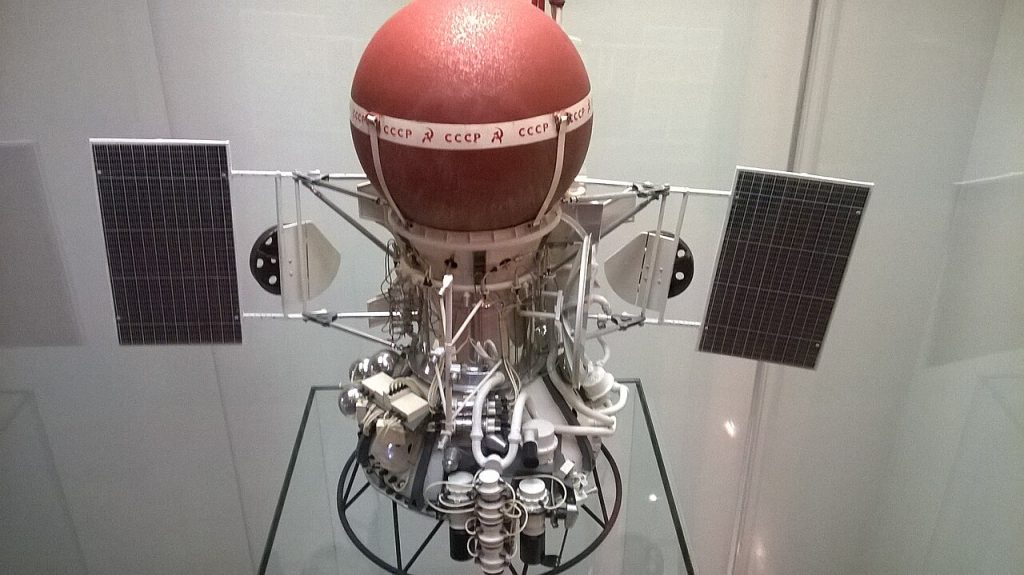
6. Venera 10 and Imager Validation
Six days later, Venera 10 landed and confirmed Venera 9’s success, returning its own panoramas. Light levels, it found, were comparable to those on a cloudy day on our planet. Together, the missions proved that direct imaging of Venus was possible, refuting earlier assumptions that the thick atmosphere would get in the way of surface visibility.
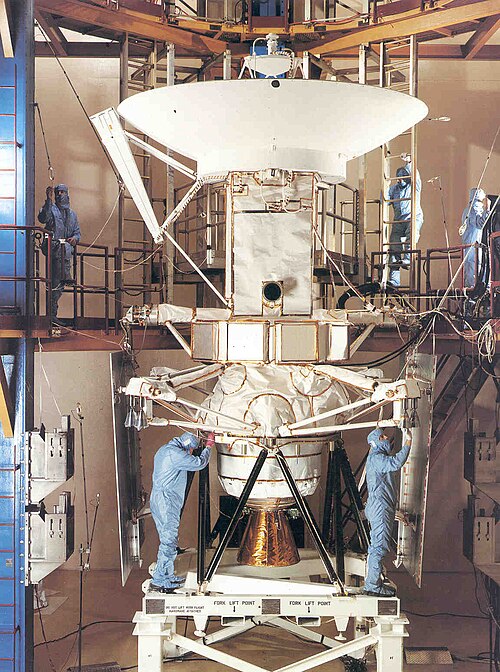
7. The Leap to Radar Mapping
These were superseded by Soviet high-resolution radar mapping. Venera 15 and 16, launched in 1983, used synthetic aperture radar to map about a quarter of the planet’s surface via the permanent cloud cover. The technology revealed mountains, valleys, and volcanic plains in unprecedented detail, making way for future missions like NASA’s Magellan.
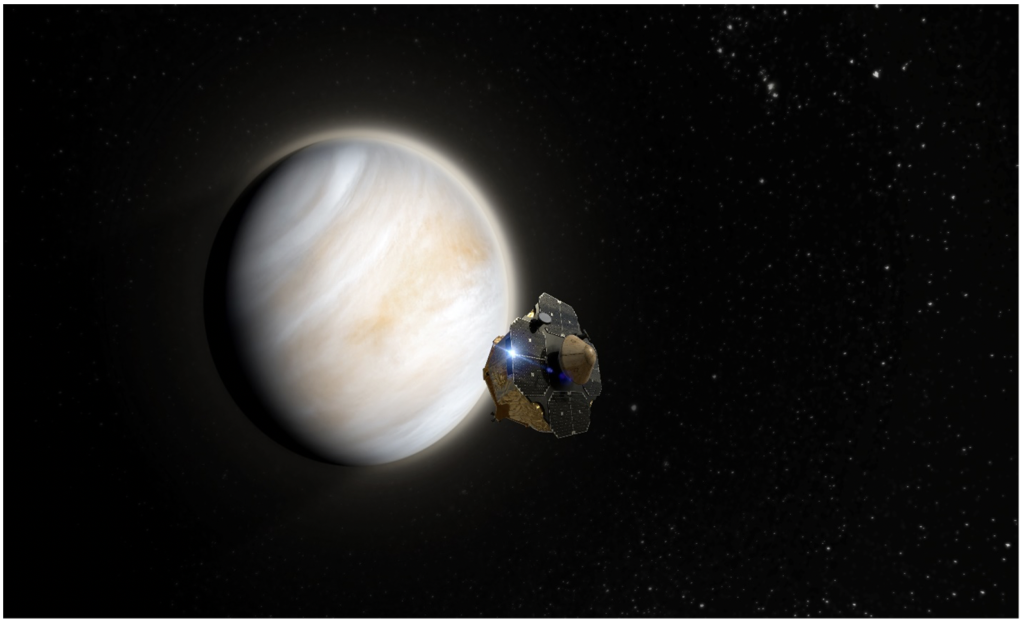
8. Thermal Protection Lessons for Future Missions
The Venera experience shaped contemporary notions of planetary lander design. Heat pumps and silicon carbide electronics are under consideration for long-duration Venusian missions today, although both are severely taxing. Power remains a constraint solar cells are ineffective in the dim, hot environment, and batteries offer short endurance.
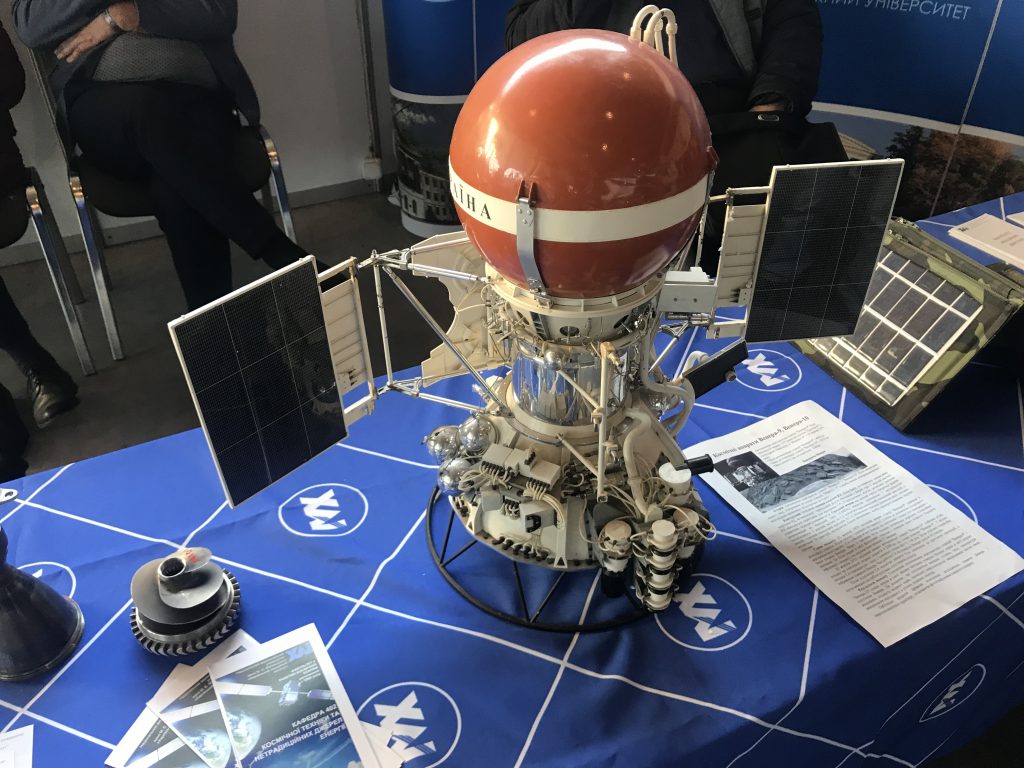
9. Reconstructing the Past with Modern Tools
Years afterward, researchers like Ted Stryk went back to the initial Venera data, using modern image processing to enhance the panoramas. The reconstructions reveal sharper glimpses of the broken ground and loose rocks, yielding fresh geology insights from the fleeting 53-minute opportunity.
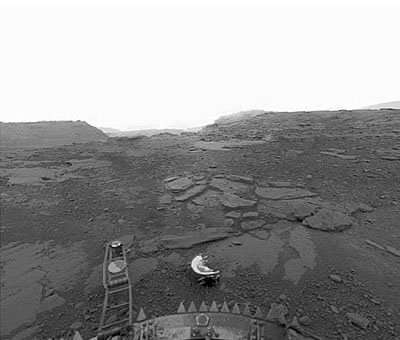
10. Venus as a Climate Warning
Venus’ runaway greenhouse effect heat trapped in a dense CO₂ atmosphere is a warning analogy for Earth. “This is an example of a greenhouse effect carried to an extreme,” Anthony Meijer wrote. History on the planet, probably once more Earth-like, underscores the fragility of habitable conditions.
From the first grainy panoramas to radar views of its hidden continents, the Venera mission is an anomalous example of sheer human observation on a planet that resists virtually all methods of exploration. Venera 9 endured the solar system’s most unfriendly surface for 53 minutes in 1975, and in the process, completely transformed the way humankind views its nearest planetary neighbor.
